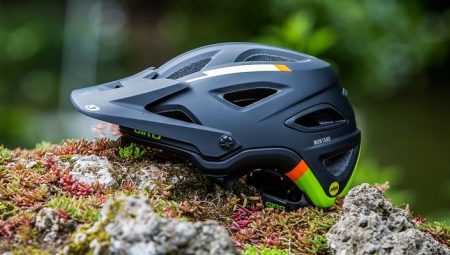Cycling has become increasingly popular lately. To protect the cyclist from injuries in the event of a fall, there is special equipment, and a helmet is one of the important attributes.

Description and device
Adult male and female helmets, in principle, do not differ at all and are determined by their purpose. The purpose of the bicycle helmet is to protect the head from injury from a fall. The protective qualities of the helmet are based on the principle of operation described below.
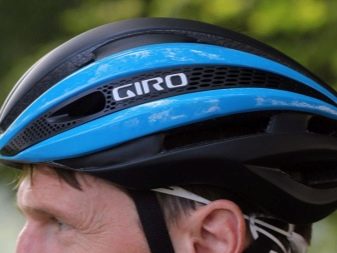
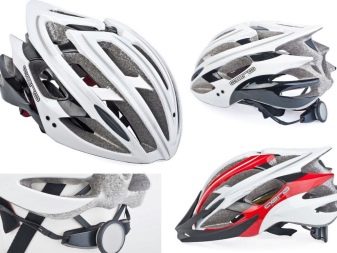
The main force of the impact received during the fall is assumed by the outer shell of the helmet, and the impact is to some extent mitigated by the inner polystyrene foam layer of the body.
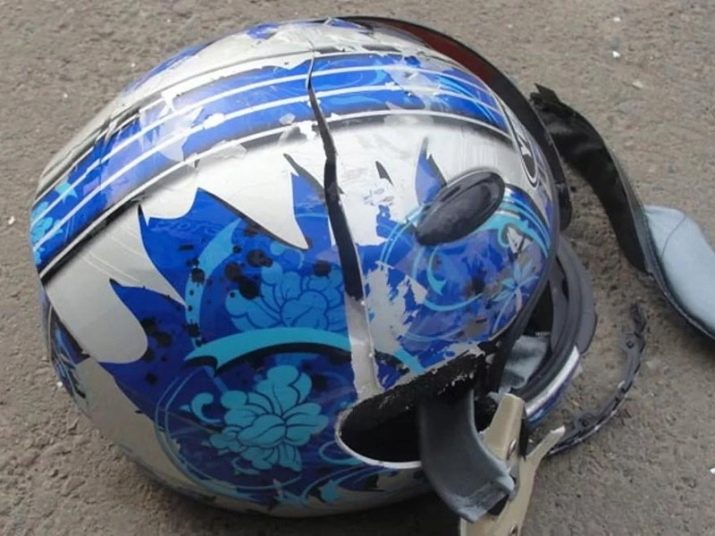
Then, to a lesser extent, the load through the layer acts on the human head. In this way, a bicycle helmet distributes shock force throughout the head, protecting its skin from wounds and abrasions.
This principle is provided by a special design.
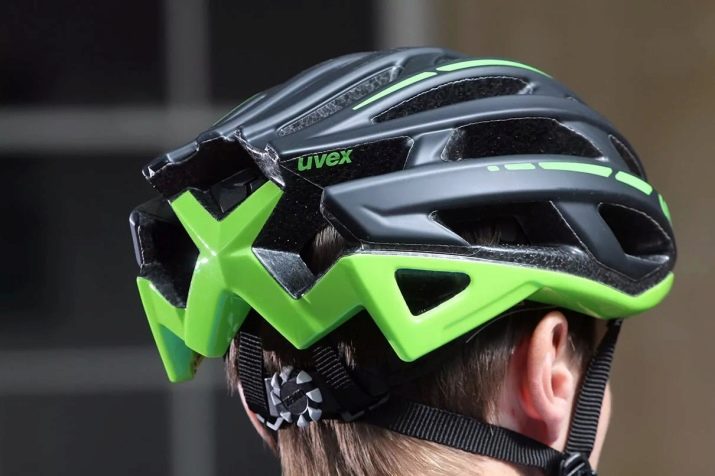
A helmet for a cyclist includes a number of elements.
Housing
The material for the manufacture of the housing are polystyrene foam and polyurethane foam. Expanded polystyrene, upon impact, is first compressed, and then restored in shape. It is characterized by low weight and high environmental friendliness. Polyurethane foam resembles ordinary foam rubber.
To enhance the protective effect, some models are reinforced with nylon or carbon fibers.
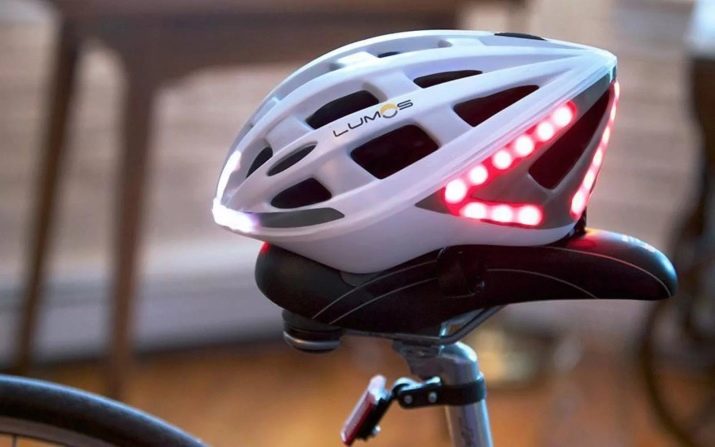
Shell
The helmet body is externally covered with a plastic sheath. The shell allows you to distribute the impact force. In addition, it protects the body from damage, punctures and cracks, and is also able to slide on the ground after a cyclist falls.This ability reduces the risk of getting dangerous neck and head injuries.
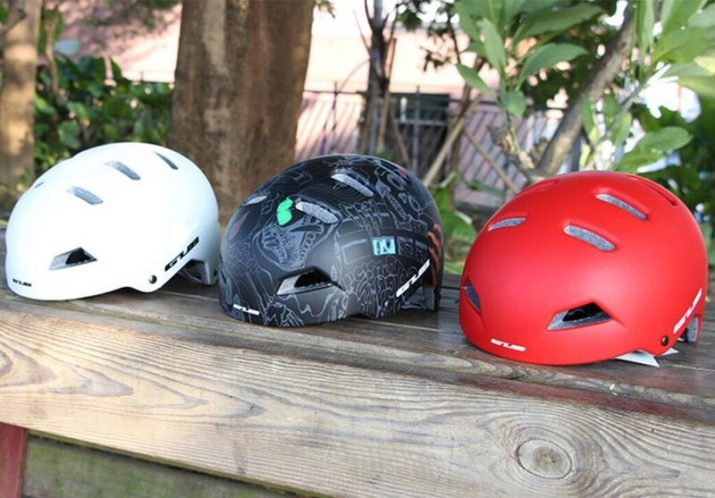
Locking elements
The bicycle helmet is fixed using these elements:
- thongs - they are designed to mount helmets on the head;
- latch-regulator head volume - is located in the occipital part of the helmet and coordinates the degree of tightening using a special disk or slider.
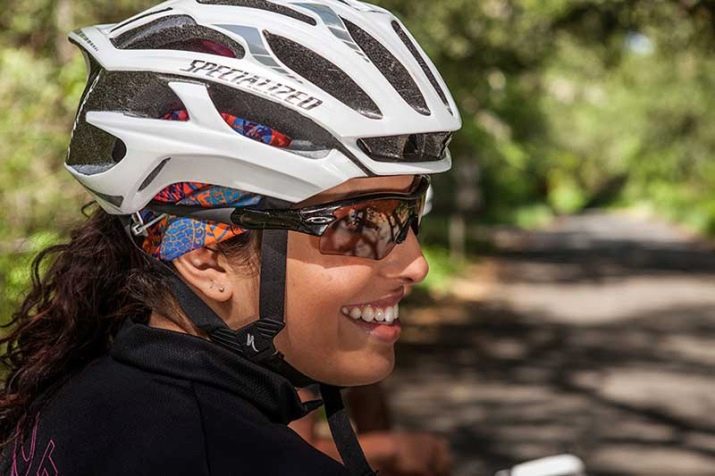
Ventilation holes
They are necessary to access fresh air to the head and prevent overheating.

Additional attributes of the helmet are a visor and mosquito net, which create more comfort for the cyclist. Some experienced road racers also attach to the bike helmet. rearview mirror which facilitates driving in heavy traffic.

There are 2 types of bicycle helmets - hardshell and in-mold.
They have the same protective properties, but have some differences in the manufacturing method.
Helmet type hardshell It is a 2-layer construction consisting of an internal foam layer capable of absorbing shock and an outer layer of high-strength plastic. The weight of this helmet is quite large, but it has a higher degree of reliability.
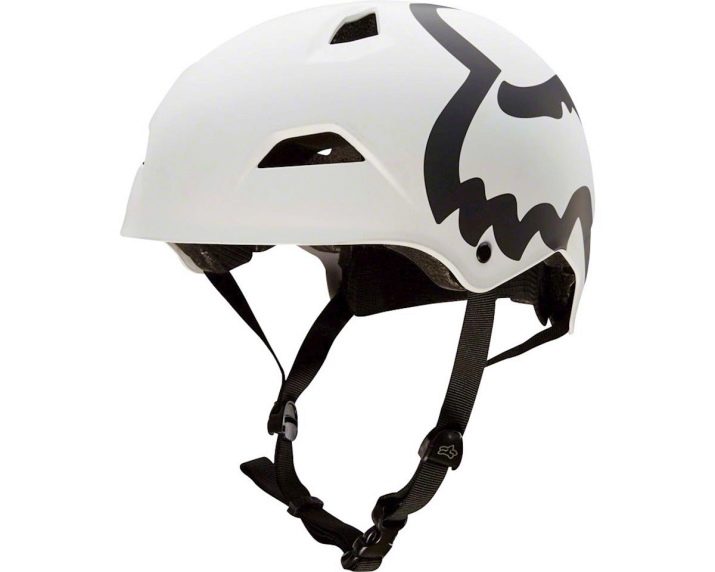
Helmet type in-mold - This is a one-piece construction of shock absorbing foam and a thin outer layer. The weight of this helmet is relatively small, and it has good ventilation. This increases wearing comfort and reduces pressure on the neck. But the outer coating does not have sufficient strength.
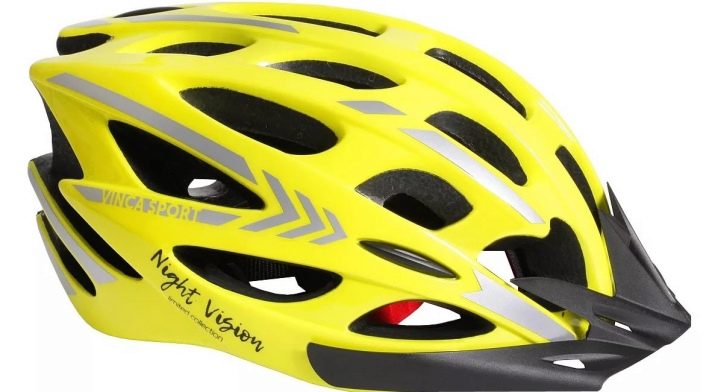
Primary requirements
The main and basic requirement for a helmet is to provide maximum protection. To guarantee the protective properties, helmets are tested for depreciation upon impact, resistance to damage by cutting objects, the strength of the head holding with fixing straps, the quality of the fastening system, visibility is monitored - It should not be less than 105 degrees.
In Europe and the USA, there are standard rates of shock absorption. Therefore, imported helmets must have a factory mark and acceptance mark.
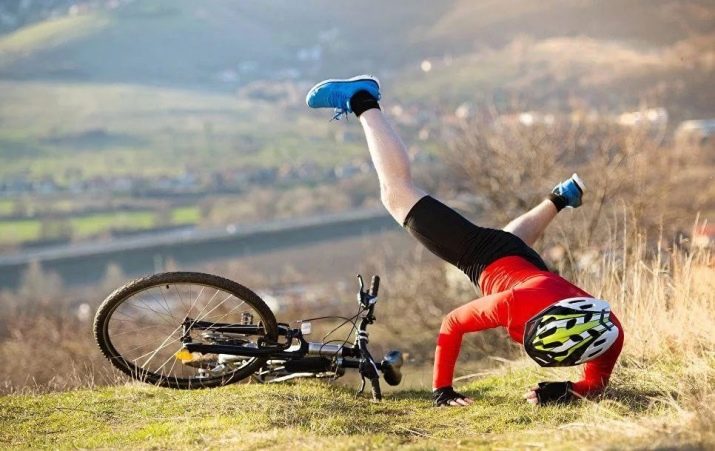
In addition, helmets must have good aerodynamic properties, which is achieved due to the shape, size and general appearance. These properties reduce drag while riding, which is especially important for cyclist athletes.

Other equally important requirements are ease of wearing, lightness of helmet, providing aeration. A reflective sticker is also needed, it is mounted on the back of the helmet. Such an element, reflected in the sun or in the headlights, draws the attention of other drivers and increases traffic safety on the highway.
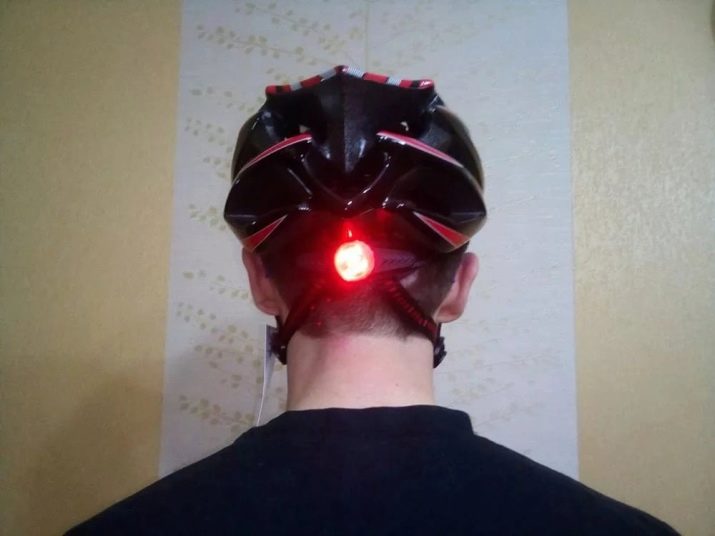
Varieties
There are several types of helmets. First of all, the variety is determined by the manner and style of cycling.

Cross Country (amateur)
These helmets are suitable for beginners and outdoor enthusiasts, for cycling and highway driving. They cover the top of the head, leaving open the temples and the back of the head, equipped with a large number of aeration holes that provide good ventilation. Often complemented by a sun visor.
However, this is a disposable helmet. If the impact during the fall is quite strong, then its inner part is damaged and makes it unusable.
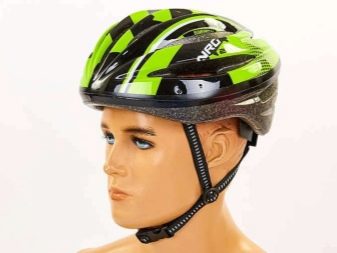
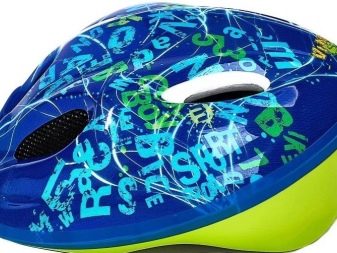
Road or racing
They are considered the lightest in weight and are used by professional athletes. In their design, they are similar to cross-country, but differ in better ventilation due to slightly larger openings, good aerodynamic properties and sufficient visibility. Visor is missing.

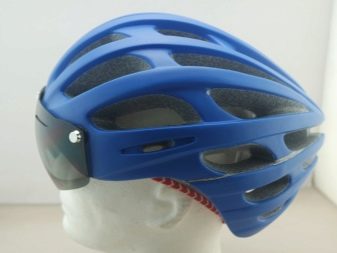
Bowler hat
This type is used by athletes in special BMX-type bicycle disciplines (street, dert). For the manufacture of such helmets, thicker and more durable plastic is used. There are no aeration holes. The protective properties of the pot are higher, but the weight is much more.

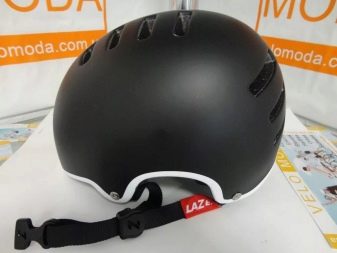
Fullface
Used by cyclists who prefer extreme riding styles like freeride, downhill.This is a closed helmet that protects the head, face, and neck. It usually happens with a fastened visor (or with glasses) that protects the eyes from foreign particles.
For the manufacture of such high-strength materials are used, such as carbon and fiberglass, which are not damaged even with a very strong impact.

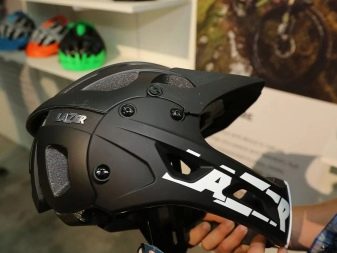
Track
This type is used by athletes in races on cycle tracks. The streamlined shape and lack of ventilation reduces drag while driving and improves aerodynamics.
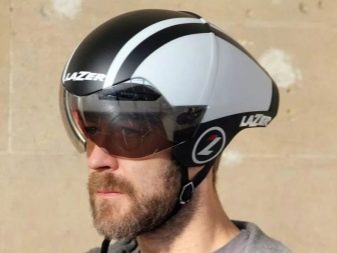
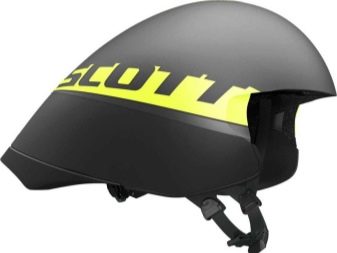
Aerodynamic
These helmets are designed exclusively for high-speed ring and cycle track racing. Their teardrop shape enhances aerodynamic properties. They have a fairly large weight and fewer vents.
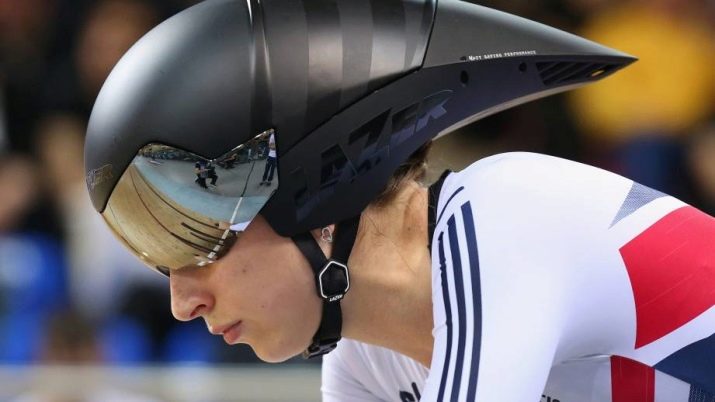
Mountain bike helmet
They are distinguished by a strong fixation system, a stronger outer layer.


Helmets for men and women can only be distinguished by a hole for fixing hair on the back of the head, design and color.
In addition to adults, there are helmets for children. Usually these are universal amateur species, the size of which does not exceed 45-57 cm, intended for children from 2 to 12 years old. In children's pots there are fewer holes for aeration. It is lighter in weight and the inner cushioning layer is much softer.


Dimensions
Typically, the size of the helmet is indicated by the manufacturer in the alphabetic version. To determine your size, it is necessary to correctly measure the volume of the head. He is measured along the line passing above the eyebrows (2 cm higher) and through the occipital, most prominent, part of the head.
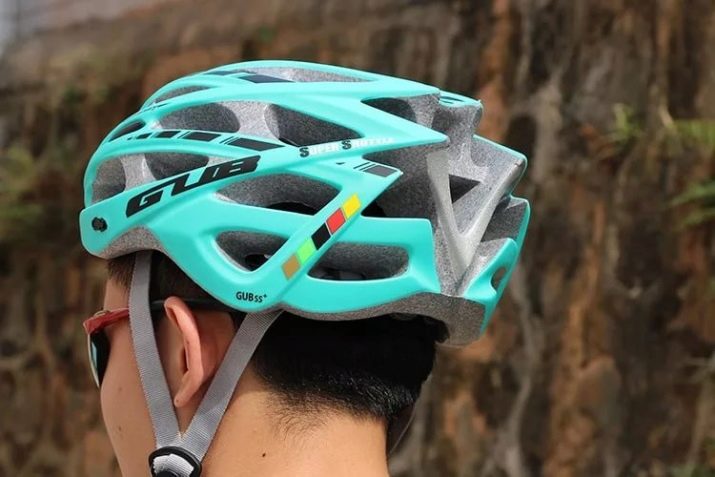
The result can be verified in the table:
| Head volume in cm | Helmet size |
|---|---|
| 51-52 | XXS |
| 53-54 | XS |
| 55-56 | S |
| 57-58 | M |
| 59-60 | L |
| 61-62 | XL |
| 63-64 | XXL |
| 65-66 | Xxxl |
However, even knowing your size, it is better to try on it before buying a helmet.
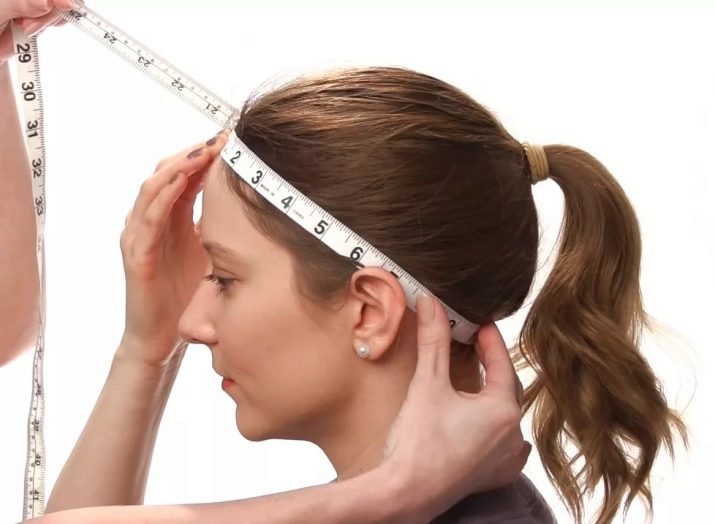
Popular models
The rating of models of different types of helmets showed that the best and most demanded are the models of the brands Giro, Casco and Fox.
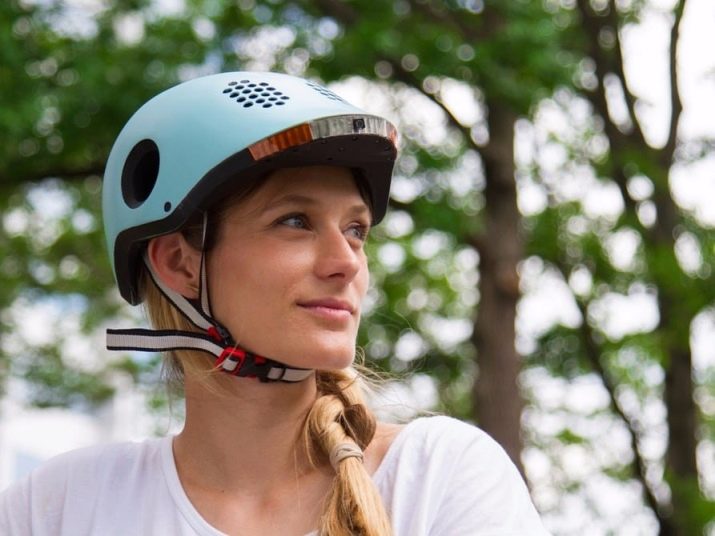
The best representatives of the Giro brand are helmet models Giro Synthe and Giro Foray MIPS.
- Model Synthe refers to the aerodynamic road view of helmets. She combined such positive characteristics as light weight (only 223 g), comfort, provided by excellent aeration, and good aerodynamic properties.
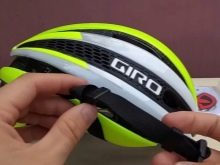
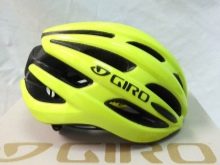
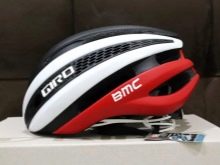
- Helmet housing due to use air system roc loc It has a slightly elevated shape, which makes it very convenient for almost every person. According to the manufacturer, the ventilation abilities of the helmet are so high at any speed that they surpass other models of the line.
Aerodynamic characteristics are also distinguished by the highest rates.
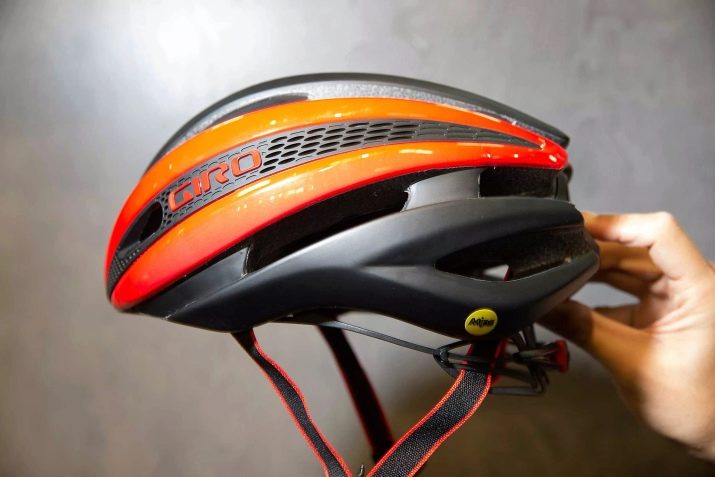
- Model Foray has an original design. The streamlined shape of the helmet, narrowed in the back of the head, is convenient for any position of the head.
The increased strength of the helmet is ensured by the fact that the outer shell and the inner foam layer are connected in one solid layer.
The helmet is equipped with a shock protection system of different directions, which guarantees a very high degree of reliability. Additional gaskets made of foam create wearing comfort. The ventilation system includes 5 channels through which air is distributed over the entire surface of the head, even at low speed. The model is equipped with a size adjustment mechanism.

- Company Casco also represented by several models. Casco Speedairo - a helmet designed for riding at high speeds. It is characterized by reliability and a high level of security. Excellent ventilation is provided by the internal air gap and ventilation openings, eliminating overheating and overcooling.
Using a special locking system (Casco Loc) makes it possible to fasten and adjust even with one hand.
The model has a visor, the position of which can be changed using a special device.
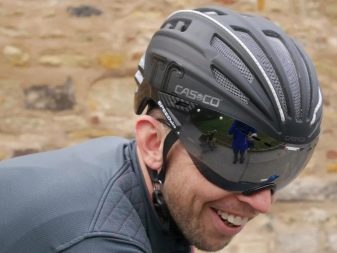
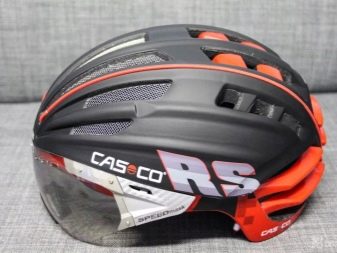
Casco Activ-2 - a universal helmet designed for movement around the city and for walking along country roads. The case is made of durable materials of high quality and meets European standards.
The inner polystyrene foam layer is covered by a high-strength plastic micro-shell and protects well from injuries.
Ventilation is created due to large openings, forming a microclimate that protects against overheating. The model is also equipped with a Casco Loc regulation system, a visor whose height can be changed, a mechanism for adjusting size and landing, and a mosquito net. Increased night safety is guaranteed by reflective markings.
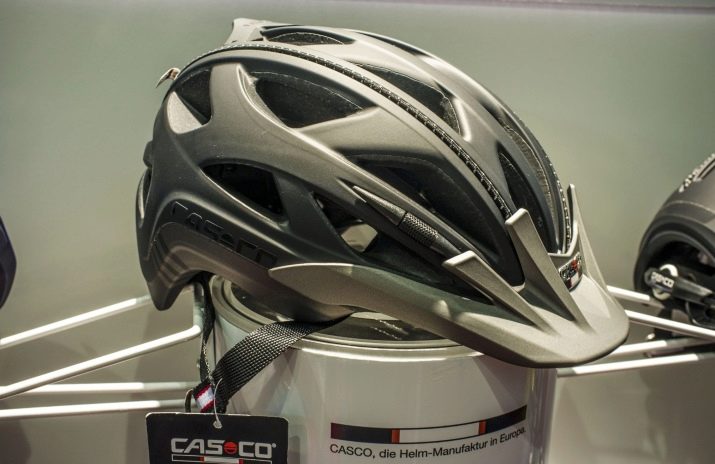
- Full-face bicycles are presented by the Fox brand. Model Fox rampage pro carbon considered the best of the entire brand line. It combines all the new technical and design achievements.
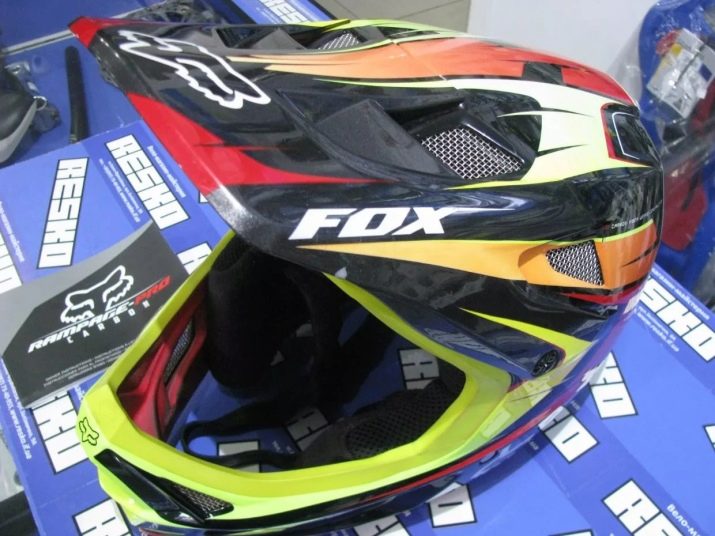
Consider the benefits of this model.
- The outer shell is made of high-strength carbon fiber, while having a low weight. The hardness of the whole structure gives a reinforced jaw.
- The use of an additional innovative MYPS protective system, which consists in the fact that the inner layer of the helmet is attached to the outer shell in such a way that it can slip on it due to a thin pad of special fabric, which reduces the risk of head injury in an accident.
- The aeration system includes 17 holes that are located on almost the entire surface of the helmet.
- The inner layer is made of materials with a climate control function. They are able to quickly absorb sweat and dry quickly, they pass air well and have antibacterial properties.
- A secure fit is guaranteed with double-ring fasteners in the shape of the letter D.
- The design is distinguished by the brightness and variety of colors with a matte or shiny finish.
However, the weight of this model is very large - about 1.24 kg for size M.

How to choose?
When choosing a helmet you need to take into account many nuances.
- The size. Properly selected size guarantees not only comfort, but also safety, so when buying a helmet should be tried on. Adjustable size models are customized individually. The feeling of discomfort is an occasion to try on another model.
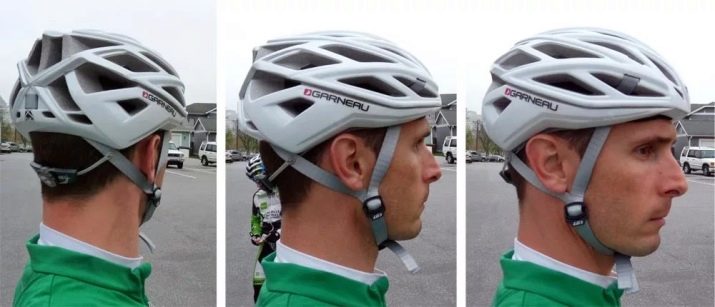
- Landing a helmet. Wearing a helmet and fastening the belts, you should check your feelings: the helmet should not sit very loose or, conversely, tightly and put pressure on the head. The straps and edges should not cut into the skin. When moving the head, a slight deviation of the model to the sides is permissible, but it should not slide onto the neck or forehead. With proper landing, the helmet takes a horizontal position, covering the forehead and neck.
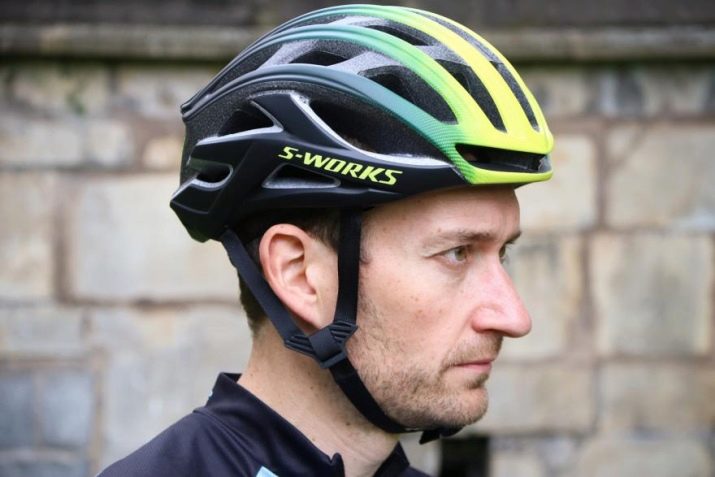
- Fixation. The best option is if the fastener is passed through the upper surface of the housing and attached to it. It is more reliable. Belts attached to the side surfaces do not guarantee a secure fit, and the helmet may fly off when dropped. The fastener should be unfastened with one hand.
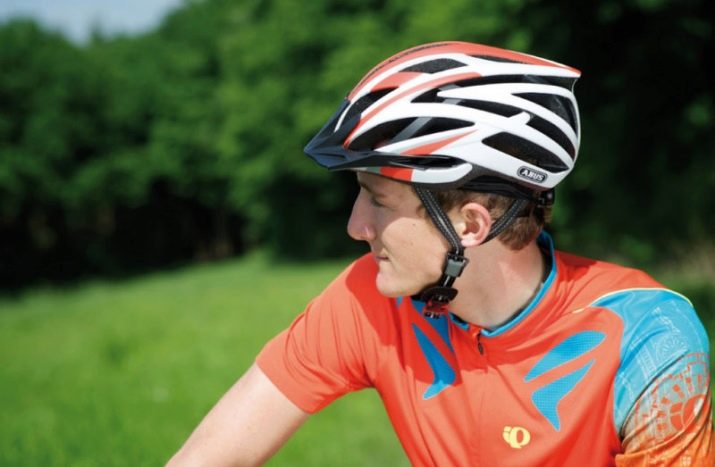
- Ventilation. It should be remembered that ventilation is better if there are more holes in the helmet.
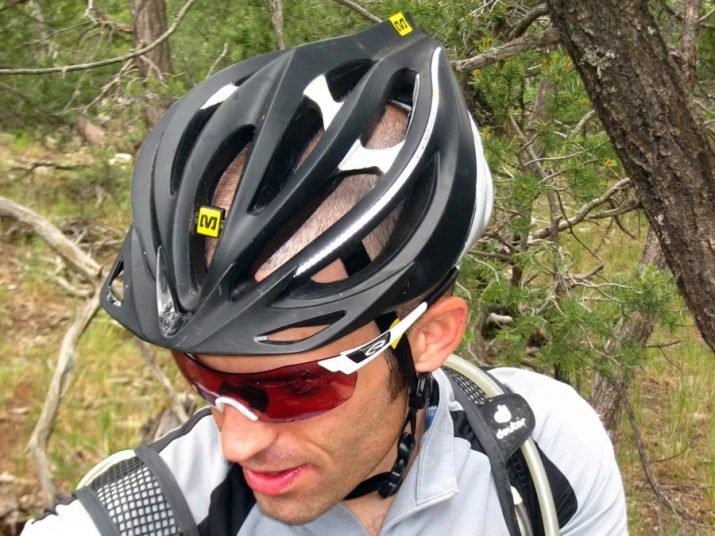
- Helmet weight also needs to be considered. Heavy models put a lot of pressure on the neck, so it is preferable to choose light models, although they cost more.
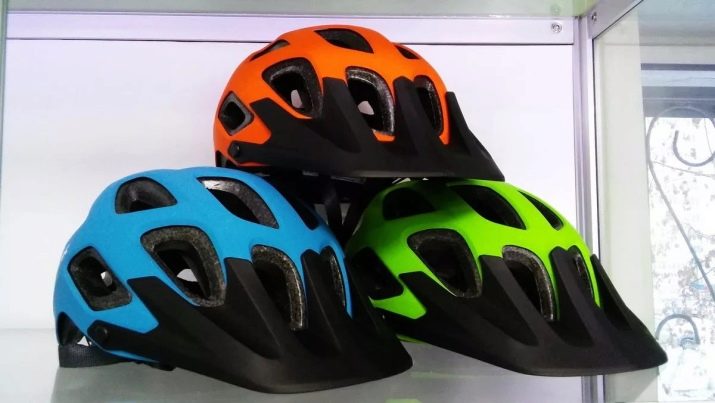
- Security. Helmets with the CE EN 1078 mark (European safety certificate) have a high degree of safety. This means that the model has been tested by a number of tests.
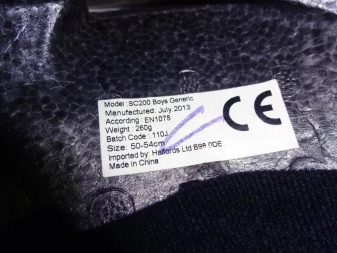
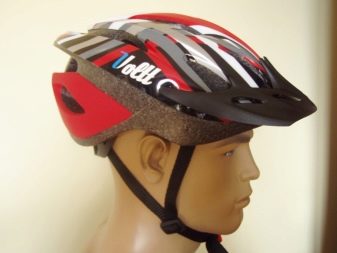
- Quality. It is necessary to check the condition of the inner layer and the outer shell. They should not have cracks, dents or other defects.
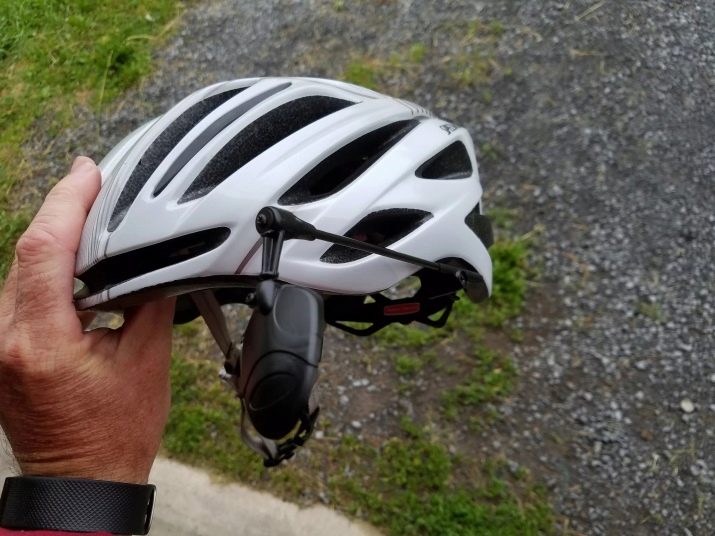
- Comfort. For greater comfort, many models have an inner lining that absorbs sweat and brings it out. In the best models, these pads are removable and washable.
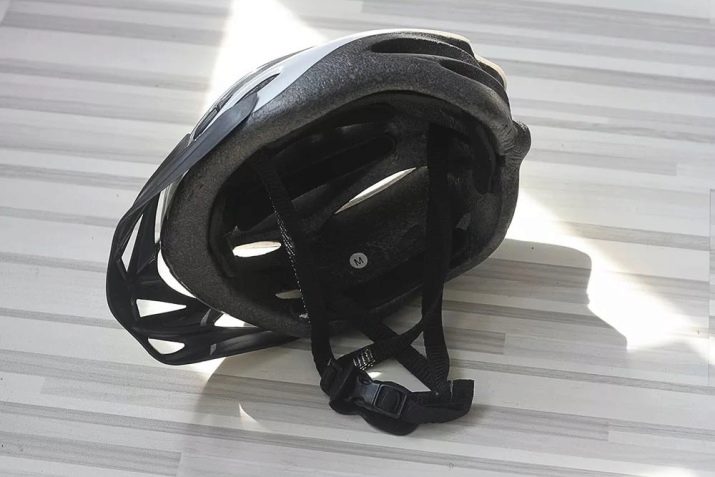
- Color. Typically, cyclists choose a helmet to match the color of their shape. However, it is desirable that the color is bright, and therefore more visible to other drivers. If night trips are possible, it is recommended to buy helmets with reflective elements or a small flickering flashlight.

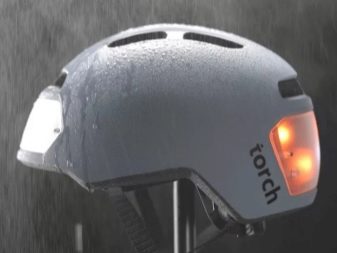
It is preferable to buy helmets with size adjustment. This will allow you to put on a comforter in cold weather, loosening the straps.
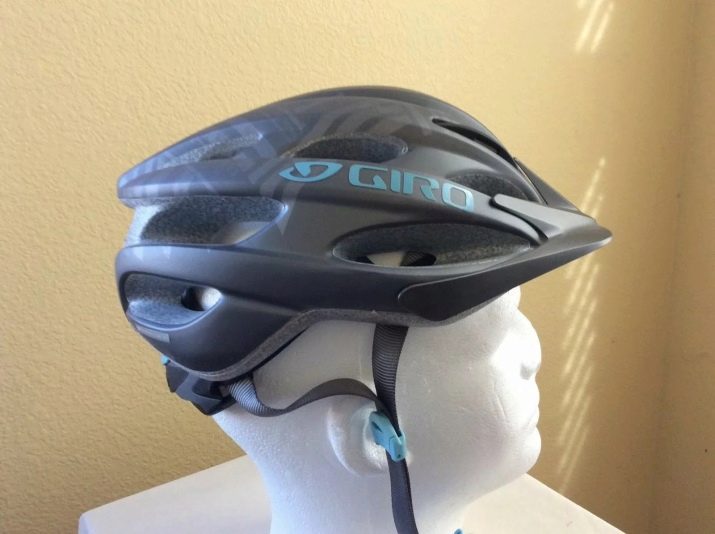
Terms of use
In some countries, a cycling helmet is mandatory for a cyclist, and there is a penalty for riding without it. In our country, this is not provided for in traffic rules, and you can ride without a helmet, but personal safety requires wearing it.
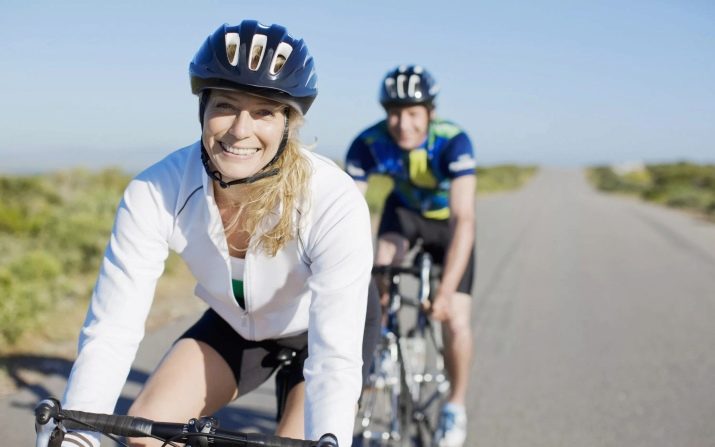
There are certain rules for using a helmet. After the purchase, you first need to study the instructions for the helmet and clearly follow it to guarantee safety.
The basic and most important rule is that a helmet must be worn even on the shortest ride.

It is also important to wear the helmet correctly and securely fasten the clasps. The helmet is needed only for personal use, and you can not lend it to anyone, or use someone else's.
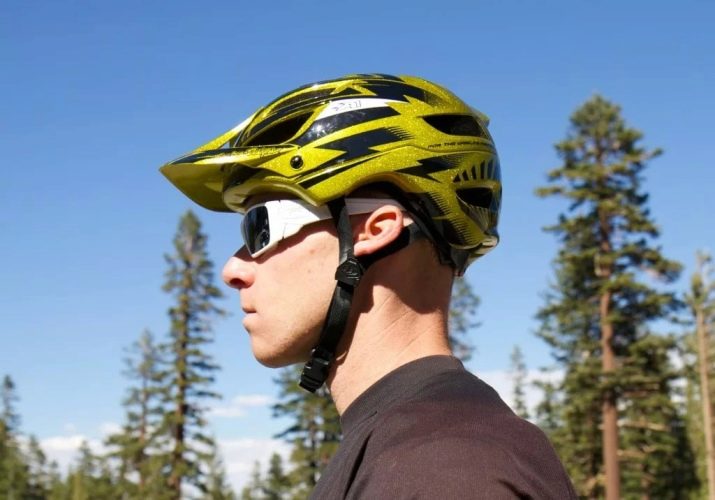
After falling and getting hit, the helmet must be replaced, even if there is no visible damage, since cracks can be internal and invisible. It is also recommended to change the helmet after 4-5 years, even in the absence of accidents.
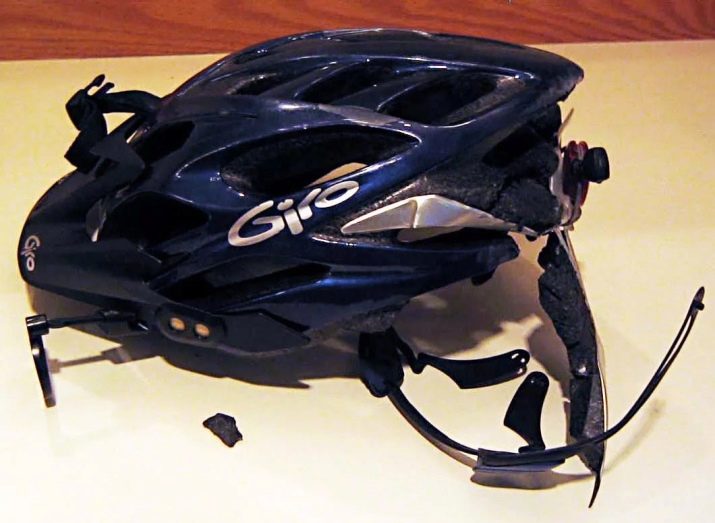
Keep the helmet in a cool, darkened and dry room. You can wash it with warm water with a rag cloth without using cleaning agents.
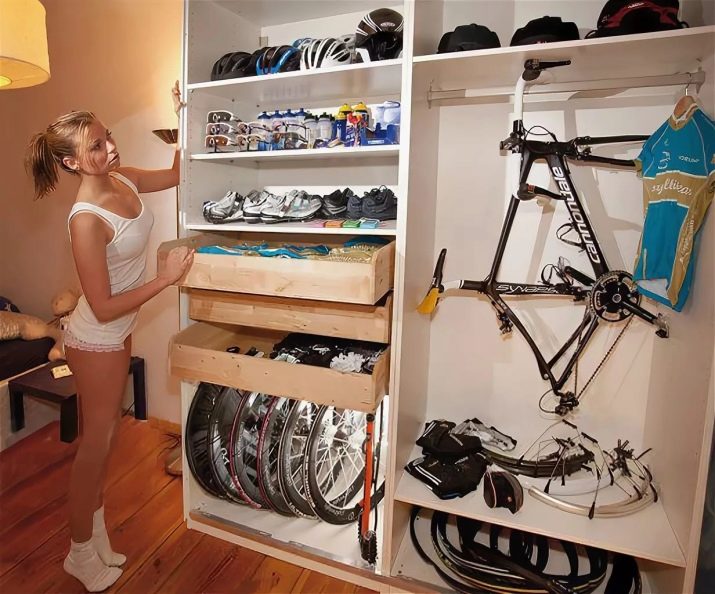
The following video provides an overview of popular bicycle helmet models.
